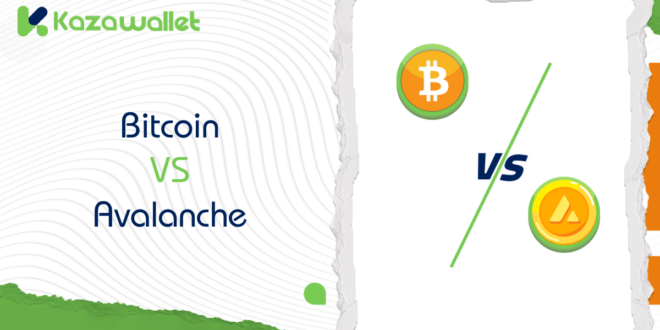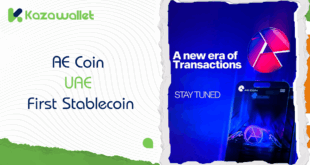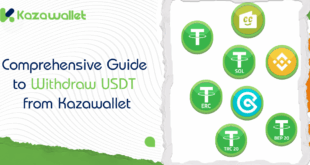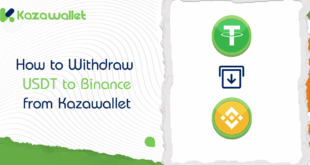Bitcoin, the first digital currency, is the cornerstone of this cosmos, and Avalanche is an example of a next-generation blockchain network trying to deliver state-of-the-art offerings for the decentralized finance (DeFi) world.
In this article, we’re going to look at Bitcoin vs Avalanche, the differences between Bitcoin and Avalanche, and why each has something special to bring to the table, whether you’re looking for a long-term investment or a payment system for everyday usage.
What is Bitcoin?

Bitcoin is a digital currency that is not controlled by banks or financial institutions, released in 2009 by a group or individual known as “Satoshi Nakamoto.”
The idea behind Bitcoin was simple but revolutionary: a money system not dominated by banks and financial institutions. Bitcoin relies on blockchain technology, a secure digital ledger that publicly records all transactions and is distributed across thousands of nodes around the entire world.
What is special about Bitcoin is that, as much as it is a payment system, it is also a solid digital investment. It has, over time, evolved into a type of “digital gold,” a form of value storage and not a tool for daily transactions.
What is an Avalanche?
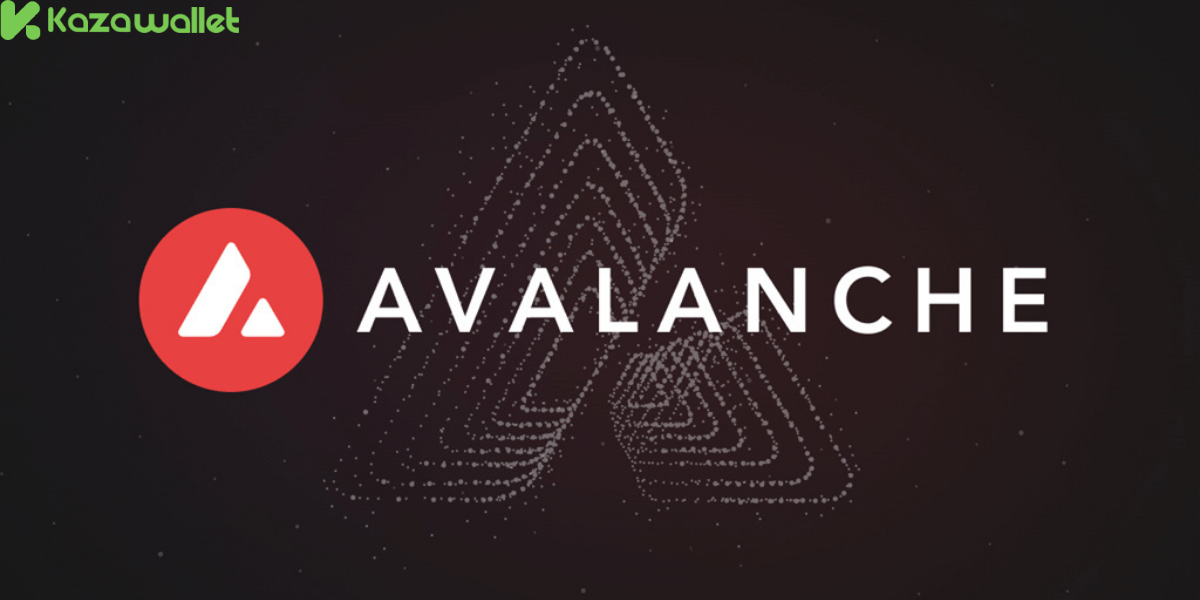
Avalanche is a state-of-the-art blockchain network that launched in 2020, offering fast and low-cost digital payment and decentralized app services.
It is founded on its native token, AVAX, which is used for payment for transaction fees, voting, and rewarding network security.
It is unique with its speed, with thousands of transactions per second, and supports smart contracts and NFTs. It uses the “Snow Consensus” system, which is cheaper and faster than competing networks including Ethereum.
It also has a special Subnet facility through which private networks can be created on the main network for increased privacy and security.
Bitcoin vs Avalanche: The Difference Between Bitcoin and Avalanche
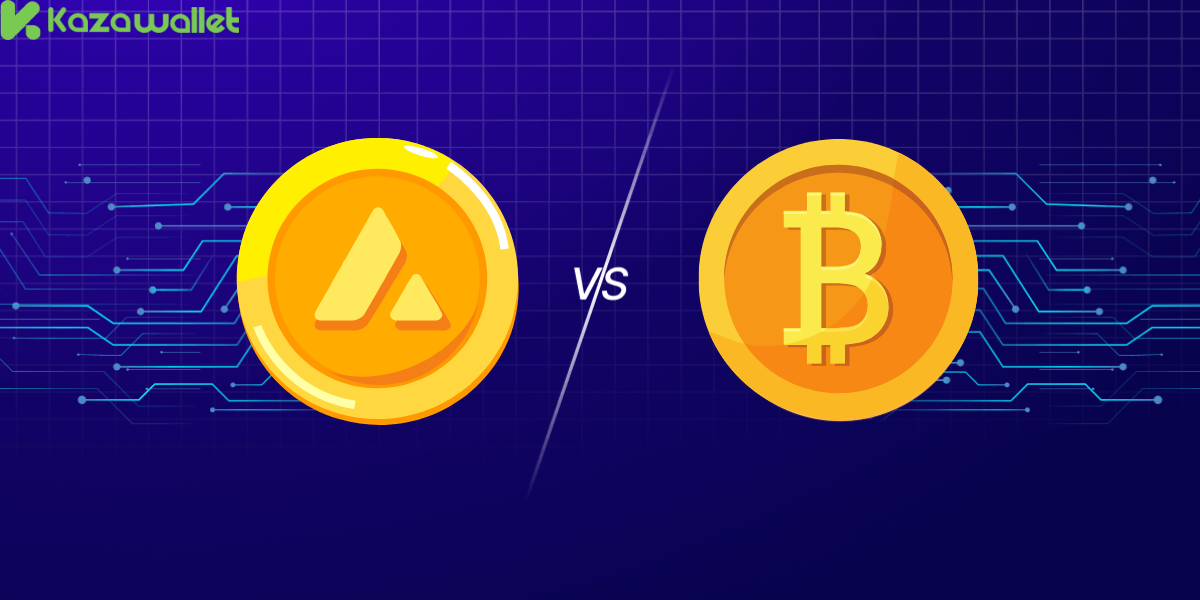
Primary Purpose
While Bitcoin serves as a “store of value” and functions as a long-term investment, Avalanche was designed to be a versatile platform supporting decentralized applications and smart contracts.
One of the differences between Bitcoin and Avalanche in purpose reflects the distinct philosophies behind each currency.
Bitcoin aims to be an investment tool and a hedge against inflation, while Avalanche focuses on providing the technical infrastructure to drive innovation in financial technology.
Stability
Bitcoin enjoys greater stability compared to Avalanche. This is because Bitcoin has a longer and more established history, making it a safer choice for institutional investors.
On the other hand, is more volatile due to its reliance on fluctuating demand for decentralized applications and DeFi.
Technology
The technology used in Avalanche differs significantly from Bitcoin. Bitcoin relies on blockchain as a means of recording transactions, while Avalanche uses advanced technology that enables higher speed and greater efficiency in transaction processing. This makes Avalanche more versatile in terms of functionality, though it is less well-known than Bitcoin.
Supply
One of the differences between Bitcoin and Avalanche In terms of supply, Bitcoin has a maximum limit of 21 million units, making it scarce and giving it high investment value.
Avalanche, however, does not have a strict cap on the number of coins issued, making it less scarce and less valuable from an investment perspective.
Usage
Bitcoin is primarily used as an investment tool or a hedge against inflation. Avalanche, on the other hand, is mainly used in decentralized applications and DeFi, where it provides technical solutions to connect various projects to the digital world.
Decentralization
Although both currencies rely on the principle of decentralization, Bitcoin is considered more decentralized due to its vast and distributed network.
Avalanche, on the other hand, relies on a specific number of nodes (Nodes) to achieve its goals, making it less decentralized compared to Bitcoin.
Acceptance and Adoption
Bitcoin is the most widely accepted digital currency, recognized by many major companies and even some countries.
Avalanche, however, still faces challenges in achieving the same level of acceptance and adoption, with its use largely limited to specialized technical applications.
USDT vs Avalanche: A Comparison of Risks and Stability
Bitcoin vs Avalanche: Risks Associated with Bitcoin and Avalanche
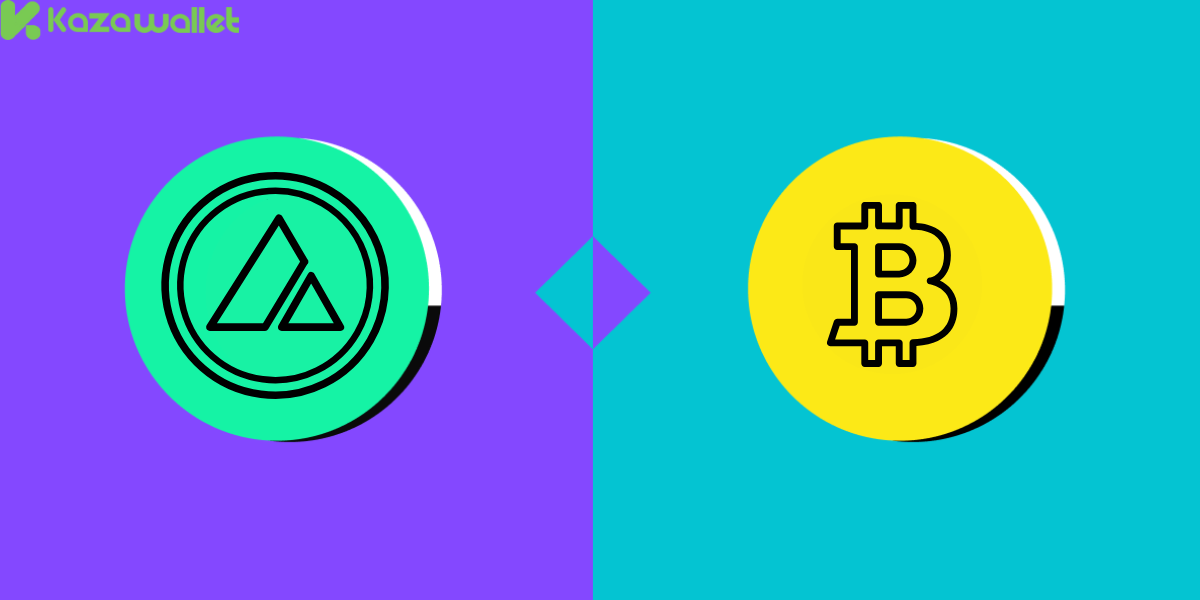
Risks Associated with Bitcoin:
- Price Volatility: Bitcoin is known for its large price swings that can occur over short periods. This makes it a high-risk investment, especially for those seeking financial stability.
- Fraud Risks: The Bitcoin market is not immune to scams or fake platforms. Unwary investors may suffer significant losses due to counterfeit offerings or fraudulent activities.
- Security Issues: Bitcoin is vulnerable to hacking and theft if digital wallets are not properly secured. Losing a private key or having a wallet hacked can result in permanent and irrecoverable loss of funds.
- Regulatory Environment: Bitcoin operates in an unstable regulatory environment. Any change in laws or government bans can significantly impact its value and acceptance as a payment method or investment tool.
- Technical Flaws: Although blockchain technology is generally secure, it is not free from security vulnerabilities. These vulnerabilities can be exploited by hackers, putting the network and funds at risk.
- Impact of Global Events: Bitcoin is sensitive to economic crises and media statements. Any global political or economic event can lead to significant fluctuations in its value, making it less stable compared to traditional assets.
Risks Associated with Avalanches:
- Intense Competition: It faces strong competition from other blockchain platforms like Ethereum. These platforms offer similar features and have large user bases, making it difficult for Avalanche to attract new users and maintain its competitive edge.
- Requirement to Stake 2,000 AVAX: Validators on Avalanche are required to stake 2,000 AVAX to participate in transaction validation. This requirement can be a barrier for some users who do not have enough AVAX to participate in the system.
- Weak Security Incentives: Malicious or careless validators are not penalized by losing their AVAX tokens. This means there are minimal incentives to maintain security and integrity in the transaction validation process.
- High Costs for Small Investors: Although the price of one AVAX is much lower than other cryptocurrencies ($18), the requirement to stake 2,000 AVAX makes investing in Avalanche more expensive compared to coins like Dogecoin (DOGE), where one token costs only $0.06.
- Complexity of Ethereum Compatibility: It is one of the few digital blockchains capable of connecting with Ethereum. However, this connection requires reliance on the Ethereum Virtual Machine (EVM), increasing the complexity of compatibility and integration with other networks.
While Bitcoin is a mature investment vehicle and a pioneering digital currency that is decentralized, Avalanche is a next-generation, decentralized applications platform with a priority on speed and efficiency.
Each has its pros and cons, along with different levels of risk. Therefore, investors and individuals interested in technical options in the decentralized finance sector should study each currency in depth before committing to any investment or technical decision, based on their goals and risk tolerance.
Individual vision and future goals are important factors in deciding on a currency or a platform.
Do not forget that the use of such cryptocurrencies as Bitcoin, Tron, Solana, Binance, and others is made more convenient by kazawallet. It facilitates the purchase, storage, deposit, and withdrawal of such currencies in a hassle-free and secure way, allowing easy trade and transferring between cryptocurrencies.
 Blog Kazawallet
Blog Kazawallet
